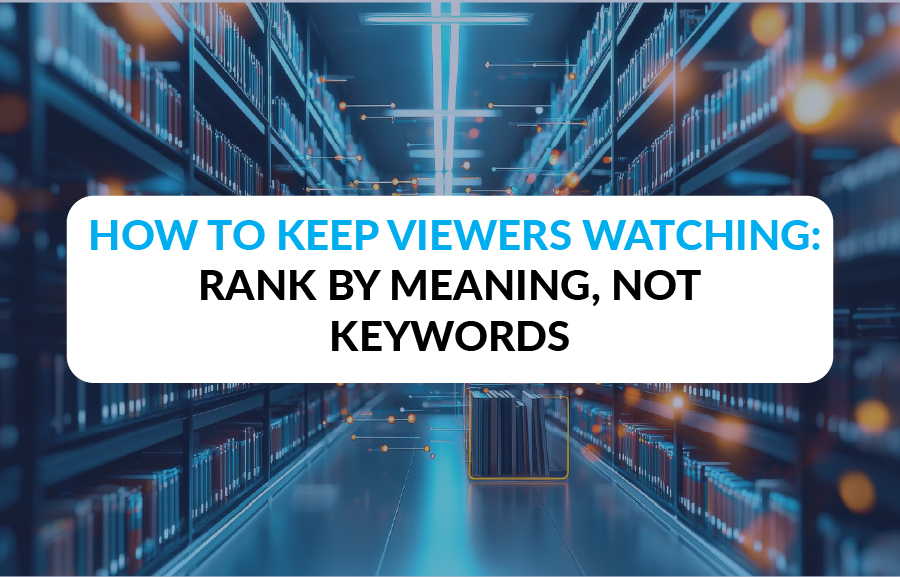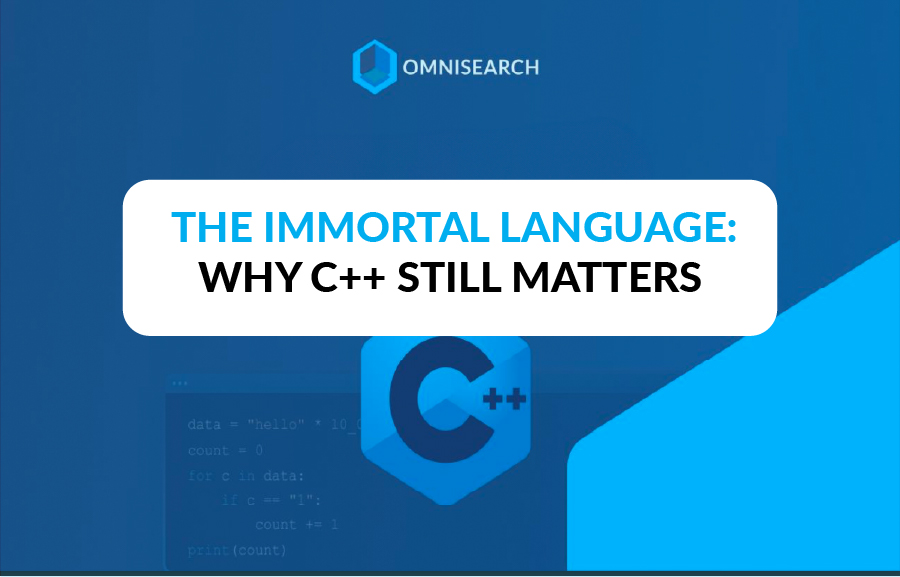What is data ingestion and why is it important?
No items found.
Published:
August 20, 2024
Topic:
Deep Dive
.png)
In today’s dynamic environment, the main data processing steps include: data ingestion from a source, data storage, data transformation, data cleansing, and data validation. After these steps, data can be stored and used in further analyses and data analytics applications.
Data analysts are eager to find new ways of processing data since this kind of information always grows in both volume and variety, and data-processing tools are being constantly updated (multiple times every year).
What Is Data Ingestion?
Data ingestion is the process of transporting data from one or more sources to a target site for further processing and analysis. The data can be taken from multiple sources, including data pools, SaaS applications, IoT devices, on-premises databases, etc., and would usually end up in different target environments, including cloud data marts and data warehouses.
Data ingestion is an important tool that helps companies to process data both in large volumes and varieties. In this article, we will explain what data ingestion is, how it is done, the types of data ingestion, and the relevant available tools.
Why Is Data Ingestion Important?
Data ingestion reorganizes company data to the desired format and helps ease its usage, especially during the extract, transform, and load (ETL) operations. Tools for data ingestion can both process a variety of data formats while simultaneously reorganizing large volumes of unstructured (raw) data.
Once data is ingested, organizations can employ analytical tools to get useful BI insights from multiple data sources. Companies can improve their applications and offer different features and services derived from the insights that are produced by ingested data sets. With proper data inputs, businesses can provide data analytics to authorized individuals more efficiently. Additionally, data ingestion brings the data to programs that need the most up-to-date data. For example, real-time data, when applied to the public transport system, can improve its efficiency (fuel consumption and traffic patterns), minimize arrival times, avoid congestion etc.
How To Best Conduct Data Ingestion?
Data ingestion can be done in 3 different ways. More specifically, this can be completed through either real-time, batches or a combination of both processes, known otherwise as lambda (or micro-batch approach). Companies can choose one of the three types depending on their business objectives, IT infrastructures, and financial feasibility.
- Real-time data ingestion is the process of the collection and transfer of data from multiple sources in real-time using tools such as change data capture (CDC). CDC continually monitors the transaction logs and moves the changed data without interfering with the database workload. Real-time ingestion is crucial in time-limited use cases, such as power grid monitoring or stock market trading, especially when companies need to react rapidly to new information. Real-time data pipelines are also important in making quick operational decisions and defining actions based on new insights.
- Batch-based data ingestion, on the other hand, is the process of the collection and transfer of data in batches but in pre-specified time intervals. The ingestion process will collect data based on certain conditions, event triggers, or some forms of logical order. Batch-based ingestion is applicable when companies need to collect specific data on a less rigorous daily basis and or simply don’t need a constant inflow of data for real-time decision-making. An example could be a printed newspaper that collects information over 24 hours and publishes it (part of it) at a certain time.
- Micro-batch ingestion is a data ingestion process that consists of both real-time and batch methods. The process includes the batch, serving, and speed layers. The first two layers index data in batches, and the speed layer instantly indexes the data that should otherwise be picked up by the slower batch and serving layers. This ongoing data transfer between different layers ensures that data is available for querying with no delay.
.png)
The Benefits of Data Ingestion
These Data ingestion techniques provide various benefits, enabling firms to manage data while also improving their market positions effectively. Some of the advantages include the following:
- Companies can save time and money: Data ingestion automates some of the tasks that are previously done manually by developers. With an automated system in place, however, critical developers can instead dedicate their time to other, more important tasks.
- Dev-teams can improve their software applications: After implementation, dev-teams can utilize data ingestion techniques to ensure that their applications transfer data quickly and provide a smooth experience directly to the end-users.
- Data is promptly available: Companies can gather data stored across various servers and move them all together to a unified environment available for immediate access and further analysis.
- Data simplified: Data ingestion implementation, together with ETL tools, will convert different data types into pre-defined formats and then transfer them to a single data warehouse.
- Improved decision-making: Real-time data ingestion allows businesses to uncover problems and opportunities on the spot, thereby making the right decisions at the right time.
.png)
The Must-Have Features For 2023 / Incoming Trends in 2023
Data ingestion tools can gather and transfer all structured, semi-structured, and unstructured data from multiple sources to target destinations. These tools automate manual ingestion processes and undertake processing steps that move data from one point to another. Other important features to pay attention to in the upcoming period are as follows:
- Data integration tools: Traditional data integration platforms incorporate features for every step of the data value chain, and namely, the aforementioned data cleaning, data consolidation, ETL processes, data virtualization, and transfer and storage. They enable a regulated (and secure) flow of simplified data operations through increasing productivity without any processing delays.
- AI-powered search: An AI-Powered Search can bring site visitors what they need right off the spot, and this will help business owners achieve better customer satisfaction, higher conversion rates, and increased revenues. An AI-based search engine will display results that are personalized to individual users based on their profiles, desires, and various other tendencies.
- Video-based search: Implementing automated captions helps people consume media content effectively. With Omnisearch, you can utilize our advanced search functionality to find the exact video you need or navigate the database using filters such as topics, dates, and many more. Additionally, when you search for specific files, Omnisearch automatically tells you the relevance of various files to your search terms; this makes it quick and easy to navigate through your massive database to find and locate exactly what you need.
Data Ingestion With Omnisearch
Data ingestion is increasingly an important technology concept that enables companies to collect and send data automatically. Having defined the data input pipelines, IT and other departments can dedicate themselves to gaining value from data and uncovering new insights.
The Omnisearch Tools can significantly improve your online platform and increase overall visitor satisfaction. As always, if this sounds interesting, we’ll be happy to do a quick demo and help you utilize Omnisearch and deliver the next-level site search experience.






